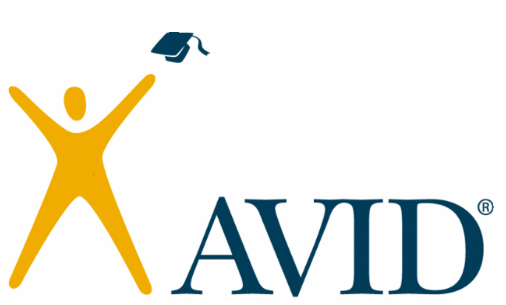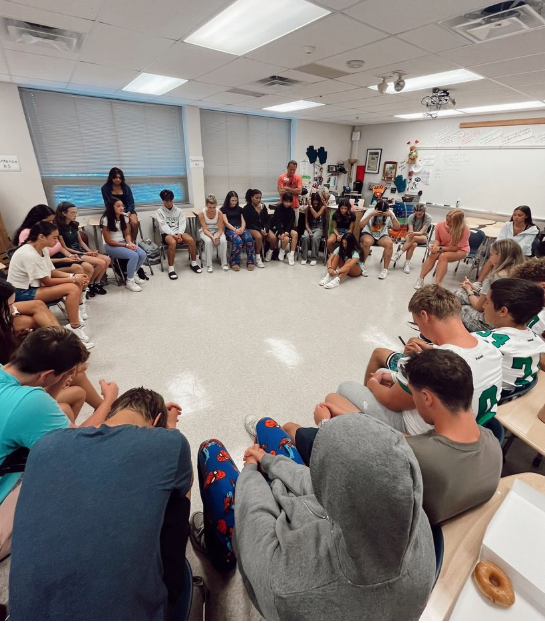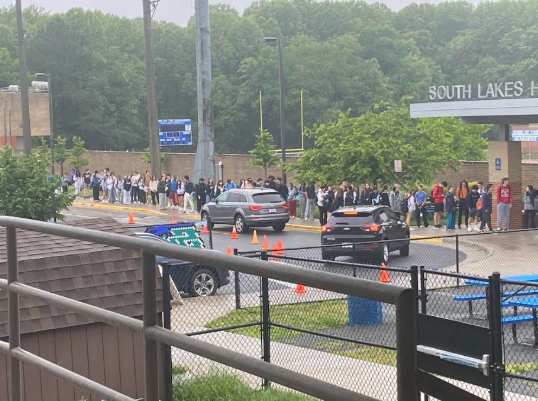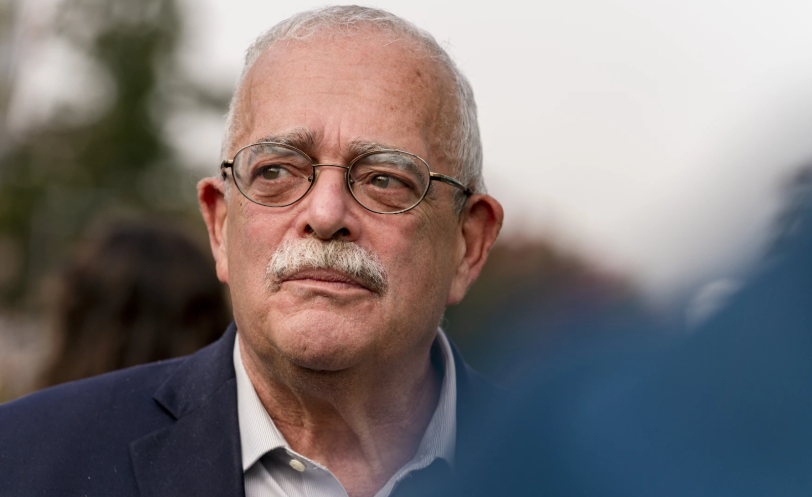
AVID, a program that pushes students who are in the “middle” academically, has been an elective offered at South Lakes for ten years. It offers students the opportunity to improve their grades with the goal of college acceptance, but, after ten years at the school, most Seahawks still don’t know what AVID is.
Advancement Via Individual Determination, shortened to AVID, is a program offered to students of all ages. The program is split into AVID elementary and AVID secondary to serve two different age groups. It was founded in 1980 by Mary Swanson, an English teacher at a San Diego high school. After 43 years, AVID is now found in a total of 47 different states.
The goal of the AVID program is to help students who are struggling academically but whose teachers can identify their ability to improve. They believe in pushing students who have the goal to go to college to improve academically to meet their goal. Students who are seen as being in the “middle” of their class but have a basic interest in school and participate in class are the program’s target demographic. Students who don’t have an interest in going to college won’t be a good fit for the AVID elective. Students with grades on either extreme sides of the spectrum are also not a good fit. Those with As and Fs aren’t part of the demographic that AVID teachers want.
“Our best candidate is a student who is a middle achever, somebody that’s not getting all As already or that is failing a lot of classes because they need a different kind of support,” Ms. Silton, an AVID coordinator at South Lakes, said.
It may also be difficult for students to join AVID, as the premise of it is for students who aren’t achieving their full academic potential. Some students may even be offended at the premise that they need the extra help and won’t consider the elective.
In a typical AVID classroom, the teaching style and content differ from other electives. The class time is split into two sections. One of the sections is devoted to “tutorial time,” where students bring an issue from one of their core subjects to work through. The students are grouped by their class.
“The kids that have questions about a math course that day would sit together along with a tutor,” said Ms. Silton. “Together they collaborate and try to figure out how to solve whatever their question or their challenge is.”
This method of bringing forward their problems and working to solve them can be beneficial for students who struggle, but don’t ask for help, as they are all responsible for bringing something to discuss. The other section is more similar to the teaching in a traditional classroom, but AVID adds in things like student leadership and collaboration.
The AVID elective is primarily taught by English teachers, but they would like the course to be taught by teachers from other departments as well. They also want to expand the program and reach more students. Ms. Silton remarked that, “Every year that I do this I am more and more convinced that AVID changes lives for the better. I want that for as many kids as we can.”



















